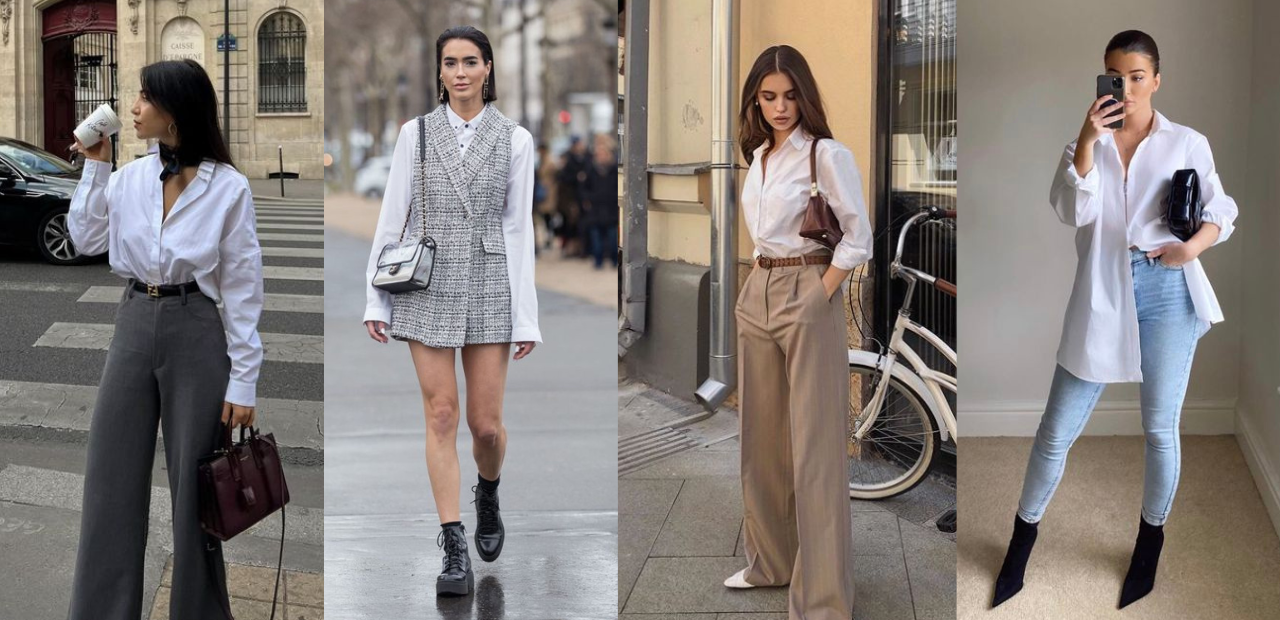
AI-Designed Wardrobes: Are Algorithms the New Stylists? | Picture this: It’s 7 a.m., you’re staring into a closet stuffed with clothes, and yet—nothing to wear. Sound familiar? In 2025, that daily struggle is getting a futuristic fix. AI-designed wardrobes are no longer the stuff of sci-fi movies; they’re real, they’re in your phone, and they’re ready to style your day.
From apps that remix your existing jeans and tees into fresh looks to algorithms suggesting pieces tailored to your body and vibe, artificial intelligence is stepping into the spotlight once reserved for human stylists. But as these digital dressers take over, I can’t help but wonder: Can a bunch of code really nail my style, or are we losing the heart of fashion to automation? Let’s unpack this high-tech wardrobe revolution—its wins, its flaws, and what it means for how we show up in the world.
AI’s been creeping into fashion for a while—remember when Stitch Fix started mailing curated clothing boxes a decade ago? But in 2025, the game’s changed. Apps like Style DNA, Acloset, and Fits have turned your smartphone into a personal stylist. Snap a pic of your wardrobe, and boom—outfit ideas for that job interview or weekend brunch appear in seconds.
“I used to stress over mixing and matching, but now I’m wearing combos I’d never have tried,” gushes an Acloset user on X, and I get it. There’s something magical about an app unlocking the potential of that scarf you forgot you owned.
These aren’t just glorified mood boards. Apps like Aiuta scan your body shape and skin tone to recommend flattering pieces, while Alta teams up with the Council of Fashion Designers of America to mix indie designers with big names, making you feel like you’ve got a Vogue insider on speed dial. No $200-per-hour stylist fees here—just advice that’s accessible to anyone with a phone. As a Medium writer put it, “AI styling is democratizing fashion, bringing expert advice to the masses.” It’s like having a best friend who knows your closet and the forecast.
The tech is wild. These apps use machine learning to sift through billions of data points—think Instagram outfits, TikTok hauls, and your shopping history—to build a style profile that’s scarily spot-on. Fits, for example, uses a selfie to scan your body, ensuring suggestions actually fit you, not some generic model. Acloset’s AI even tags your clothes by fabric, suggesting breezy cottons for summer or cozy wool for winter.
Some apps go next-level, reading your mood through your webcam to pick “power colors” for a big day or soothing neutrals for a chill one. It’s like your stylist doubles as a therapist who checks the weather.
Click on here “Skipping the Mascara: A Fresh Take on Natural Beauty”
Let’s be real: picking an outfit can feel like a part-time job. Studies say we spend 17 minutes a day—over 250 hours a year—deciding what to wear. AI cuts that down to a quick scroll, serving up looks that match your life, whether you’re rushing to a meeting or lounging at a café. A CNET tester raved about building a sustainable capsule wardrobe with AI, saying, “It found eco-friendly pieces that fit my budget and felt like me.” That’s the dream—style that’s effortless and authentic.
Then there’s the planet. Fashion’s a mess, churning out 186 billion pounds of textile waste yearly. AI fights back by helping you shop smarter. Tools like FashionMind and OpenWardrobe’s LolaAI spot underused items in your closet, pushing you toward thrifted finds or upcycled gems that vibe with your style. Brands are in on it too—H&M uses AI models to skip wasteful photo shoots, and Synflux’s “Algorithmic Couture” designs with zero waste in mind. One X user summed it up: “My wardrobe’s now 70% second-hand, and I’m slaying.”
Versatility’s another perk. Like the classic white shirt SatynMag calls a “timeless essential,” AI makes every piece a multitasker. It’ll style that shirt with jeans for a casual day, a skirt for work, or sparkly pants for a night out. This lines up with SatynMag’s advice on personal style: “Wear what makes you feel good, embrace the process of self-discovery.” AI turns your closet into a sandbox, making experimentation fun and stress-free.
But let’s not get carried away—AI’s not a style savant. Its biggest flaw? It can feel too cookie-cutter. Trained on mainstream feeds like Instagram, algorithms often spit out trendy, safe looks that lack personality. “AI designs can feel homogenized, ignoring unique or cultural styles,” a design critique notes. If your style’s more punk rock or tied to specific traditions, you might get suggestions that feel like they’re for someone else.
Privacy’s a buzzkill too. Uploading pics of your clothes or body means sharing personal data, and with data breaches in the news, that’s a risk. “The outfit ideas are great, but where do my photos go?” a Reddit user frets. Jobs are another casualty—AI models, like Levi’s virtual ones, save brands money but cut gigs for real models, especially from diverse backgrounds. And the eco irony? Training AI models burns energy—think 1,000 smartphone charges per query—denting those green credentials.
Human stylists, meanwhile, have a magic AI can’t touch. “Algorithms suggest what’s popular, but a stylist gets what feels right,” a JD Institute post argues. Picking a wedding dress or an outfit to reclaim your confidence after a breakup? That’s human territory. SatynMag’s take on natural beauty hits home here: “Beauty is personal… it’s about breaking free from expectations.” AI might crunch numbers, but it misses the emotional spark.
So, are algorithms the new stylists? Nah—they’re sidekicks. The future’s a team effort: AI crunches trends and scans closets, while humans bring the heart. By 2030, AI could slash fashion overproduction by 30%, making eco-friendly wardrobes the norm. Picture fabrics that shift with your mood, AR try-ons in stores, or virtual closets syncing with metaverse avatars for NFT fashion drops. Alta’s work with the CFDA shows how it’s done, blending AI’s reach with human curation to lift up diverse designers.
This vibe echoes the “no mascara makeup” trend—less is more, intention is everything. AI helps you find that sweet spot where confidence meets style. As SatynMag puts it, “The essence of true style is confidence. Wear what makes you feel good.” Algorithms nudge you toward outfits that spark joy and sustainability, but you’re still the star.
In 2025, AI wardrobes aren’t here to replace stylists—they’re here to empower you. They’re tools to spark your inner fashionista, not boss her around. So when your app suggests a bold look, try it on. Add your own twist—maybe that classic white shirt, styled your way. The runway’s yours, and AI’s just holding the mirror. Style’s not about perfection—it’s about showing up as you, and no app can outshine that.
Click on here “How to Find Your Personal Style – 5 Tips to Define Your Style”

SatynMag empowers women with inspiring stories, expert advice, and uplifting content to fuel their strength and dreams
Welcome to Satynmag S Suite, online knowledge platform for career and personal growth. This is where you can empower yourself with cutting edge knowledge, latest know-how and grow.


